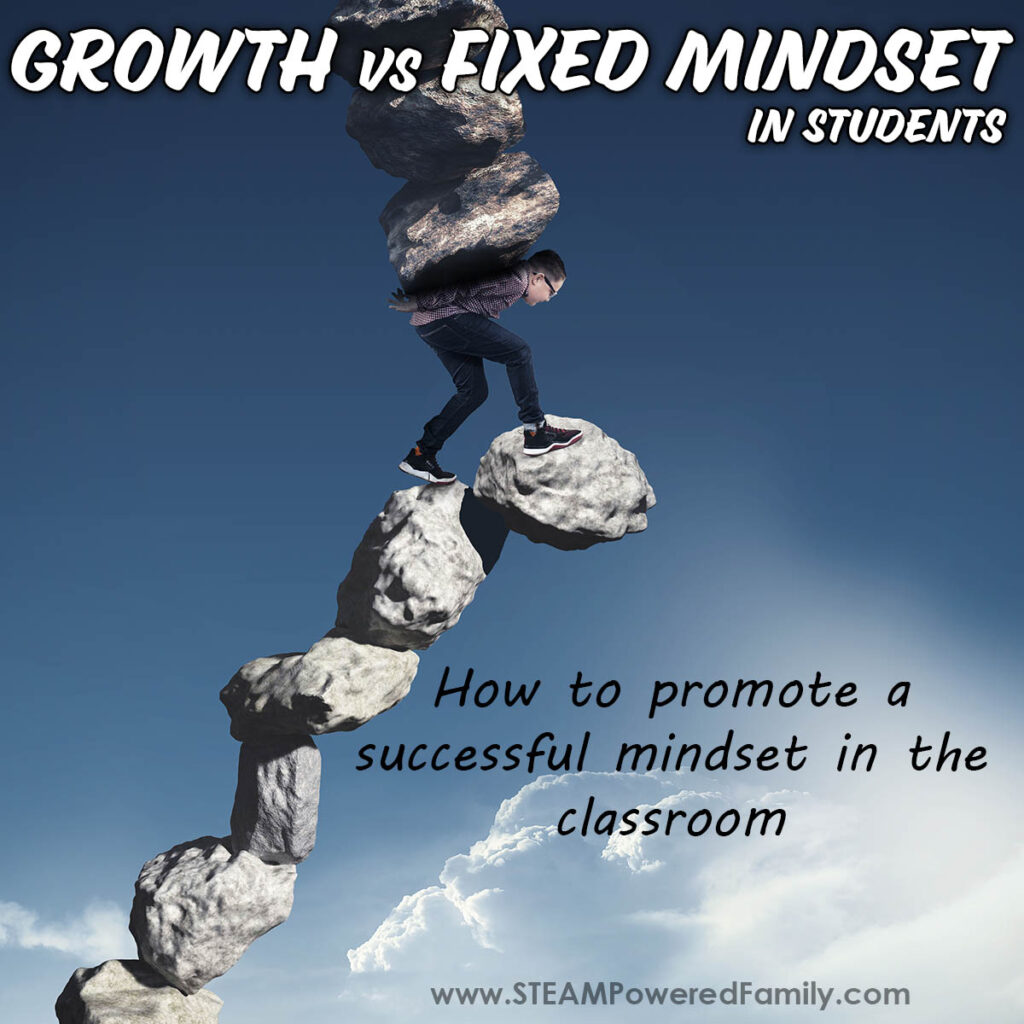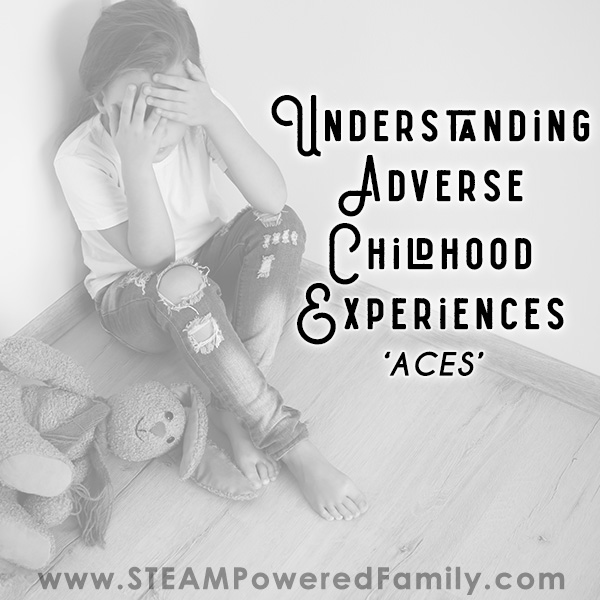Modern and Inclusive Family Tree Project Ideas
The family tree project is something that’s been around for years. It has become a right of passage for most students in North America. For many, this is a chance to showcase their family, research their ancestors, and share where they come from. However, the family tree project can be triggering for students who do not have a traditional family. They may have a history of trauma, adoption, loss or death. Or they may have same sex parents or divorce with remarriage and new family members. As times and family units have changed, plus our understanding of childhood trauma, so must the family tree project change and become more inclusive. Let’s explore some inclusive alternatives to the family tree project.
Modern Family Tree Project Ideas

Disclaimer: This article may contain commission or affiliate links. As an Amazon Influencer I earn from qualifying purchases.
Not seeing our videos? Turn off any adblockers to ensure our video feed can be seen. Or visit our YouTube channel to see if the video has been uploaded there. We are slowly uploading our archives. Thanks!
First up, I want to say I totally understand the appeal a Family Tree Project can have. In fact, I LOVE the idea of genealogy, ancestry and tracing my family tree. Researching long lost relatives, exploring my family heritage, and learning my own history. I get that appeal. But I do have to strongly disagree that it should be a school project with rigid rules and constraints. IT should not be a project that excludes those that don’t fit in the traditional family “box” or have a family stories that are complex. The negative impacts on our children’s mental health are too great. And the educational goals of the Family Tree Project as a learning activity can be achieved through other means.
Lack of Trauma Informed Thinking
While doing research for this article I was incredibly frustrated by the lack of empathy, compassion and understanding presented by many resources on this topic. Perhaps because trauma informed education is such a strong focus for me, I wrongly assume all educators have at least a passing understanding of trauma and children’s mental health.
The idea that any teacher would force a student to do a project that could be incredibly damaging, trigger anxiety and PTSD, cause stress and fights in the home, and most of all force children to relive traumatic experiences in front of their peers and classmates, is sickening to me.
It is understandable that this project does provide an educational experience, but there is something that needs to be understood. Children that are struggling with mental health issues will struggle to learn. We need to put mental health first, school second. By avoiding projects that are particularly triggering for many vulnerable children, you will be setting children up for a stronger, more effective learning experience.
Which at the end of the day is what everyone wants. We simply want our children healthy and educated.
Trauma Through Generations
One aspect I think many miss in the discussion of the family tree project in classrooms is that research has shown that severe trauma alters the genetics of a person and they pass on that trauma to future generations.
It’s the study of epigenetics and you can read more about it here.
Understanding intergenerational trauma and how trauma can be passed down from grandparents to grand children, only highlights the importance of modernizing the traditional family tree project.
Understanding The Goal of the Family Tree Project
No child should ever be forced to do a traditional Family Tree Project for the classroom. Especially those that have nontraditional backgrounds or have experienced ACEs (Adverse Childhood Experiences). The goals of the assignment can be easily achieved using a number of different projects. All while supporting our most vulnerable students.
When deciding on a more suitable learning project to replace the family tree, the first thing a teacher needs to consider is the goal of the project. In most cases the goal is to teach kids a bit about history and research techniques.
It may also be a project intended to teach children more about themselves and their personal family history. Perhaps also how their own history ties into greater historical events and teachings. Personal connections can help children have a greater passion for a subject. For example, knowing Great-Grandfather fought in World War II, may make it much more interesting to learn about the war.
In some instances, the family tree is part of learning about immigration or family studies. It may also be used as a launching point for lessons in genetics and heredity.
Before you move forward with a family tree project in your classroom, examine the goals of your project, then see if you can come up with a more inclusive option for students. Something that will foster a sense of pride and self confidence and self love for the students themselves and their families. No matter how those family tree branches curve and twist.
Here are a few ideas for inclusive family tree projects.

Inclusive Family Tree Project Ideas
With all of this in mind, we used some creativity and came up with these unique family tree projects. All of these will still encourage children to break out the craft materials and create a great DIY project, while still respecting that for many kids, our chosen family is our true family.
VIP Tree
Allow your students to create their own very important people tree. Have your students write the names of the important individuals in their lives on the branches and positive characteristics about them on the attached leaves. Sometimes students who have traumatic childhood experiences may struggle to think of positive adults in their lives. Encourage them to include anyone that matters to them, including friends, teachers, coaches, and people they admire.
Celebrity Family
In some foreign language classes, the family tree assignment has been a way to learn the names of family members in the studied language. This can also be used for English as a Second Language Learners. However, when coupled with a family tree, which requires students to share the names of their own family members, this assignment can be difficult and often heartbreaking for children dealing with trauma. Vocabulary and language can still be taught by using celebrities or a television show family. I have seen some adorable family trees with Mickey and Minnie Mouse (and other Disney characters as siblings and children) as well as other celebrity families.
Celebrity families can be a fantastic alternative to the traditional family tree project. It may not have the personal connection, but many students become very passionate about popular figures.
Autobiography Poem
Instead of focusing on the extended family, have your students share their own autobiographical poems. Each line should start with “I” and they may include where they are from, their family members (if they would like), adjectives to describe themselves, things they love to do, things they fear, and things they hope for. These poems are incredible ways for your students to express themselves. Often, older children who are dealing with trauma can find an outlet in writing, particularly about themselves.
Inspired by History Fictional Story
Ask students to write a short story about someone important to them. It could be an ancestor that lived through a major historical event, or it may be a modern family member that has a particular impact on the student. It doesn’t even need to be a biological family member. The story does not need to be 100% fact. Encourage students to do their research so their stories are based in fact, but allow them the flexibility to be creative in their story telling so they can create a compelling story. Even if it glosses over any problematic or stressful situations.
Classroom Community Garden
Your class may be the closest thing to a true family that some of your students have. School may be the place they feel the safest. Celebrate that with a community garden. Allow each student to create a flower or element of the garden that represents themselves. Have them write a brief message describing what they contribute to make your classroom garden grow and flourish. Post your community garden on a classroom bulletin board or wall. Your classroom family garden can be nurtured all year long.
A family tree project may seem like a rite of passage in school, but for many students it causes anxiety and pain. For students with adverse childhood experiences or nontraditional families, a family tree is more than just listing members of your family. We need to modernize the family tree project and make it a positive, affirming rite of passage for all children.
The goal is to create a project that allows children to explore themselves and their lives, in a safe way that doesn’t isolate them, but instead allows them to celebrate their unique life circumstances and those that are special to them. The family tree project can also be a wonderful opportunity to celebrate diversity, inclusion and the family unit.
These inclusive alternatives to the family tree project are important ways to keep all students in mind, whether they come from families dealing with divorce, death, adoption, foster care, or other situations. Try some of these alternate projects in your classroom.





